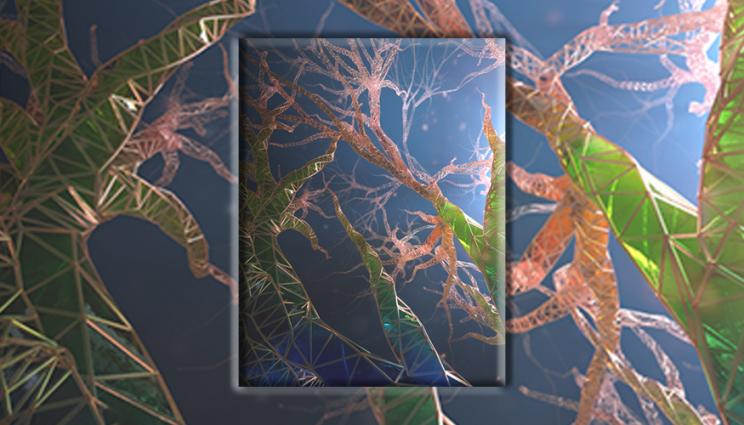2021-07-02 スウェーデン王国・リンショーピング大学

・ リンショーピング大学が、従来のモノクロディスプレイの材料を使用した、構造色(structural colors)による反射型カラーディスプレイ作製技術を開発。
・ 電子カラーラベル等のアプリケーションや、安価でエネルギー高効率の薄型・超軽量ディスプレイの開発が期待できる。
・ 特定の波長の可視光を吸収し、残りの部分の反射・透過により色を表す色素に対し、構造色は材料内部におけるナノスケールでの光の干渉効果で生じるもので、孔雀の羽の色等に観ることができる。
・ 携帯電話やコンピューター等のカラーディスプレイを構成し、赤色(R)、緑色(G)、青色(B)で白色光を作る発光ダイオード(LED)は、製造が比較的高コストでエネルギーを多量に消費する。
・ 一方、反射型ディスプレイは、入射光の反射を制御することでイメージを表示し、光源が不要なため省電力であるがモノクロ表示のものが多い。反射型カラーディスプレイの作製は複雑で、好ましい成果の達成は困難。
・ 新技術では、蒸気相重合と UV 光によるパターニングにより、ナノスケールの薄さのモノクロミック導電性ポリマー(PEDOT)フィルムを金属鏡の基板上に作製。フィルムの薄さは UV 光の強さによって調整され、可視光スペクトルの全色を表示できる。モノクロの反射型ディスプレイにあるような、ポリマーの酸化還元状態の電気化学的な変化を利用した色の調整も可能。
・ 本研究には、スウェーデン戦略的研究財団(SFF)、クヌート&アリス・ヴァレンベリ財団、スウェーデン研究会議、ウェンナー=グレン財団およびリンショーピング大学 Strategic Inititive in Advanced Functional Materials が資金を提供した。
URL: https://liu.se/en/news-item/fargskarmar-pa-nytt-satt-
<NEDO海外技術情報より>
(関連情報)
Advanced Materials 掲載論文(フルテキスト)
Tunable Structural Color Images by UV-Patterned Conducting Polymer Nanofilms on Metal Surfaces
URL: https://onlinelibrary.wiley.com/doi/10.1002/adma.202102451
Abstract
Precise manipulation of light–matter interactions has enabled a wide variety of approaches to create bright and vivid structural colors. Techniques utilizing photonic crystals, Fabry–Pérot cavities, plasmonics, or high-refractive-index dielectric metasurfaces have been studied for applications ranging from optical coatings to reflective displays. However, complicated fabrication procedures for sub-wavelength nanostructures, limited active areas, and inherent absence of tunability of these approaches impede their further development toward flexible, large-scale, and switchable devices compatible with facile and cost-effective production. Here, a novel method is presented to generate structural color images based on monochromic conducting polymer films prepared on metallic surfaces via vapor phase polymerization and ultraviolet (UV) light patterning. Varying the UV dose enables synergistic control of both nanoscale film thickness and polymer permittivity, which generates controllable structural colors from violet to red. Together with grayscale photomasks this enables facile fabrication of high-resolution structural color images. Dynamic tuning of colored surfaces and images via electrochemical modulation of the polymer redox state is further demonstrated. The simple structure, facile fabrication, wide color gamut, and dynamic color tuning make this concept competitive for applications like multifunctional displays.



